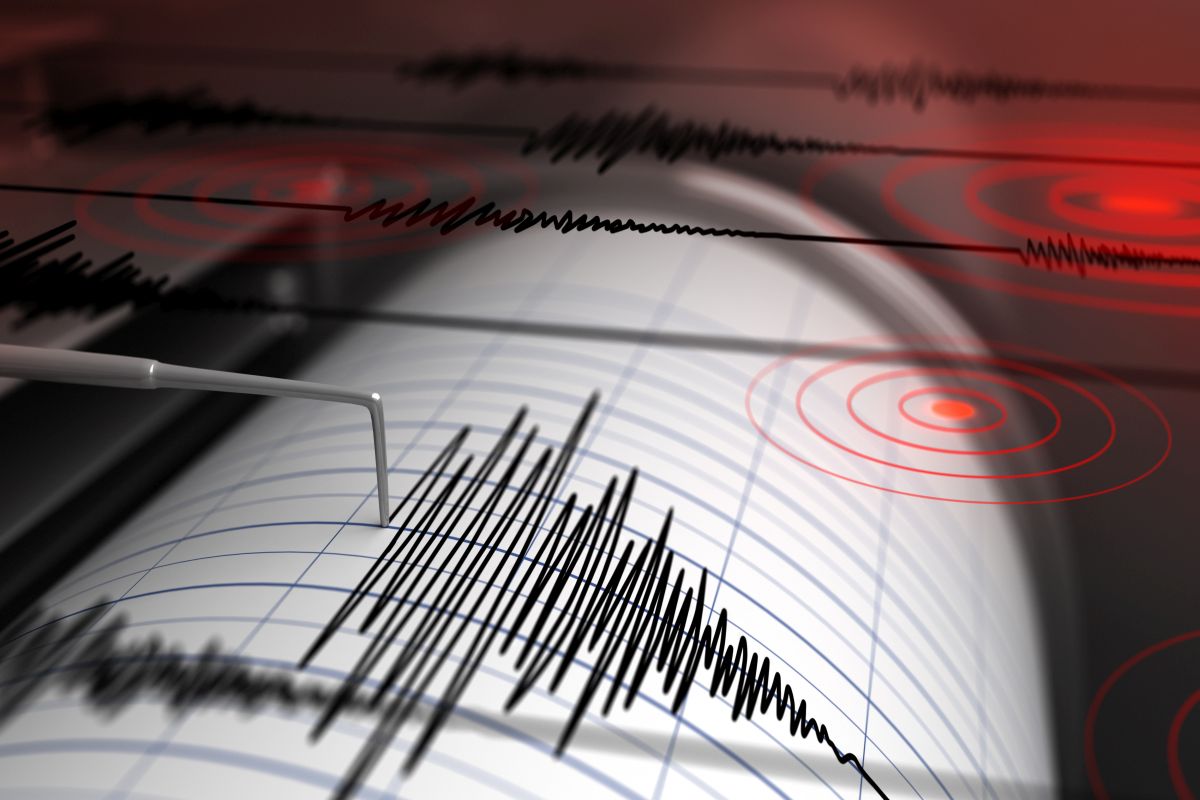Populism’s Price
As Delhi gears up for its elections, the political discourse has once again been dominated by promises of handouts.
Director of the National Centre for Seismology (NCS), BK Bansal, however, said that it is important to undertake preparedness and mitigation measures to reduce the earthquake risk.

Representational image (Photo: iStock)
Amid concerns over frequent earthquakes in the national capital in the past two months, Director of the National Centre for Seismology (NCS), BK Bansal, has said that there is no need for panic over the recent seismic activities in the Delhi-NCR region.
Bansal has, however, said that it is important to undertake preparedness and mitigation measures to reduce the earthquake risk.
Advertisement
Bansal was speaking at a meeting convened by the National Disaster Management Authority (NDMA) to discuss the various mitigation and preparedness measures to reduce the earthquake risk in the Delhi-NCR region.
Advertisement
The NCS Director said that given the seismic history of Delhi and its vicinity, the occurrence of minor earthquakes in Delhi-NCR is not unusual.
However, there is no proven technology in the world wherein earthquakes are predicted with certainty in terms of its location, time and magnitude.
The NDMA has requested the states to ensure compliance of building bylaws to make upcoming constructions earthquake resilient and to avoid addition of vulnerable building stock.
“Identify the vulnerable priority structures, especially lifeline buildings, and retrofit them,” it said.
“Private buildings should also be retrofitted to reduce the risk in a phased manner, wherever required. Conduct regular mock exercises to deal with earthquakes and come out with SOPs for immediate response after an earthquake,” said a government statement on Thursday.
It also called for undertaking public awareness programmes on dos and don’ts with regard to earthquakes.
Since April, Delhi and nearby areas have witnessed around 14 low and medium intensity earthquakes.
The latest was on June 8 when a low-intensity earthquake of magnitude 2.1 on Richter Scale hit the national capital.
On June 3, a medium-intensity earthquake of magnitude 3.0 occurred near Noida.
On May 15, a low-intensity earthquake of magnitude 2.2 hit the Delhi-NCR region.
On May 10 mild tremors were felt in parts Delhi-NCR region.
Delhi falls under the one of the five seismic zones in the country and is the fourth-highest zone. The city is at risk of earthquakes but rarely had been the epicentre of a quake however, tremors can be felt when a quake hits even distant places even as far as central Asia or the Himalayan ranges.
According to the Delhi Disaster Management Authority, seismicity around Delhi appears to be associated with a major geological structure known as the Delhi-Hardwar Ridge.
Advertisement